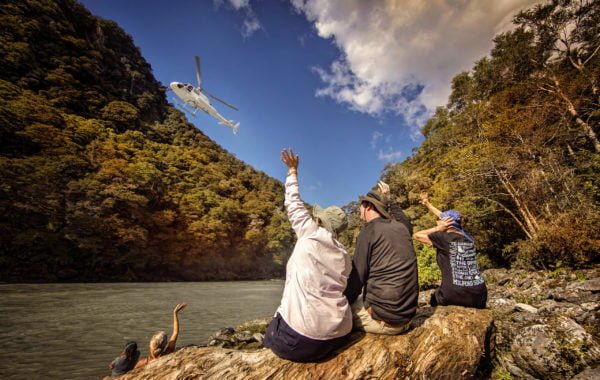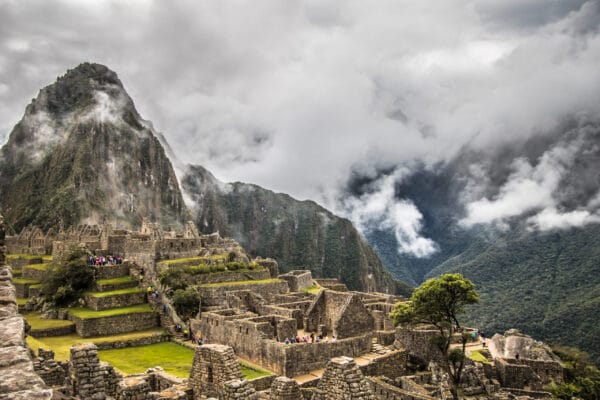When most people think of Nepal, they picture snow-capped peaks, prayer flags fluttering above ridgelines, and perhaps a yak or two. But fewer know that Nepal is also one of the world’s true whitewater meccas, home to thundering Himalayan rivers, deep remote gorges, and some of the most spectacular multi-day rafting on earth.
Here are 5 things you probably didn’t know about rafting in Nepal and why it remains such a legendary destination for river lovers.
1. Rafting in Nepal started with a few incredible explorers and a lot of duct tape
The rafting scene in Nepal didn’t emerge from slick tourism boards or global outfitting giants. It started with a handful of hardy adventurers who saw the wild potential of the Sun Kosi, Karnali, and Tamur rivers (amongst others) and decided to run them, often with little more than Avon rafts, Kiwi pragmatism, and nerves of steel.
One of those adventurers was a Kiwi named David Allardice, founder of Ultimate Descents. I was lucky enough to work for David early in my career, and it’s no exaggeration to say he shaped the way I run trips around the world today. He taught me the value of precision, preparedness and how to fix just about anything with river tape, a great attitude and humour.
2. Some of Nepal’s rivers are only accessible by trekking
Unlike other rafting destinations, many of Nepal’s rivers don’t have convenient road access. Take the Tamur River, for example, it’s a 3-day hike just to reach the put-in. But that’s what makes it magic: by the time you paddle your first rapid, you’re already far from the modern world.
This combination of trek and raft means guests aren’t just signing up for thrills. They’re stepping into a full-blown expedition.
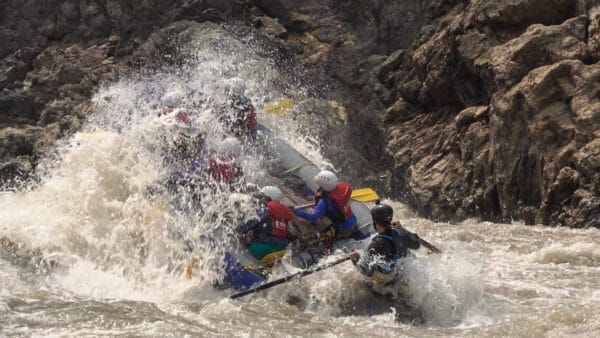
3. The rivers are shaped by the tallest mountains in the world
Nepal’s rivers are born from snowmelt and glaciers of the Himalayas, which means they’re fast, powerful, and full of volume. A river like the Bhote Kosi begins near the Tibetan border and becomes the Sun Kosi, which later merges with the Tamur and Arun Rivers to form the Sapta Kosi. This mighty waterway eventually flows into the Ganges River, covering a journey of approximately 729 km.
And unlike North American or European rivers, which might run for a few weeks in spring, many of Nepal’s rivers are paddleable for much longer, typically September to November, post-monsoon, when flows are ideal and the scenery is at its best.
Bonus: Nepal Isn’t as Cold as You Think
Here’s a surprise: Nepal sits at roughly the same latitude as Florida. While the Himalayas get the headlines for snow and altitude, the river valleys we raft through are often warm, temperate, and sun-drenched, especially in the post-monsoon season.
So while you’re surrounded by snow-capped peaks, you’ll often be paddling in shorts and a T-shirt, not bundled up in layers. That’s part of the magic: high-altitude drama without high-altitude chill.
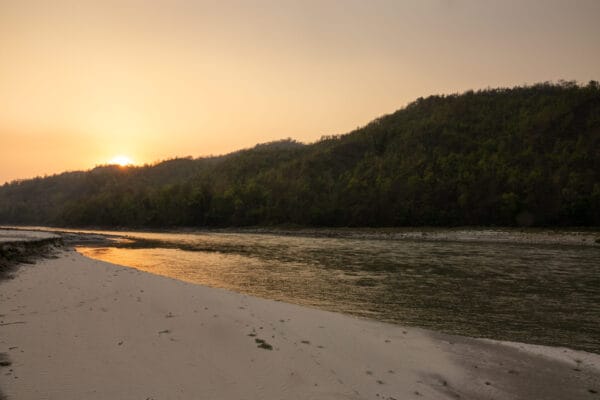
4. You’ll pass through remote villages most travellers never see
Multi-day trips in Nepal often wind through isolated river valleys, where you’ll see terraced farms clinging to hillsides, children waving from rope bridges, and temples perched above the cliffs. These aren’t tourist towns. They’re real Himalayan communities where life moves to the rhythm of seasons and rivers.
It’s part of what makes rafting in Nepal so different. You’re not just tackling world-class rapids, you’re immersed in culture, landscape, and hospitality that’s as rich as the rivers themselves.
5. It’s a proving ground for world-class guides
Ask many veteran raft guides where they really cut their teeth, and Nepal will come up again and again. The combination of remote logistics, big-volume rapids, and true expedition-style travel means running a trip here isn’t just guiding, it’s orchestrating an adventure.
For me, Nepal was that place. It’s where I learned how to lead with calm under pressure, how to read a river that can rise overnight, and how to create moments that guests carry for life. Much of that I owe to the people I worked alongside, including David Allardice, and remarkable Nepali guides like Dinesh Shrestha, who shows us what professionalism and passion really look like on water.
More Than a River Trip — A Cultural Immersion
Nepal’s rivers don’t just carve through mountains. They flow through a land of profound spiritual depth and cultural heritage. As you journey through the valleys, you’ll pass Buddhist monasteries, Hindu temples, and sacred river confluences where locals come to pray, bathe, and celebrate life.
It’s not uncommon to hear bells ringing from a hillside shrine as you float by, or to camp near a village where evening chants echo down the valley. This isn’t just scenery, it’s a living, breathing connection to traditions that are thousands of years old.
And before or after your river journey, there’s Kathmandu, a city often called the world’s largest open-air museum. From the ancient courtyards of Bhaktapur and Patan to the spiritual gravitas of Swayambhunath (the Monkey Temple) and Boudhanath Stupa, the capital offers an extraordinary glimpse into the heart of Himalayan culture. It’s a place where the past hums beneath every stone, and modern life pulses around temples and traders.
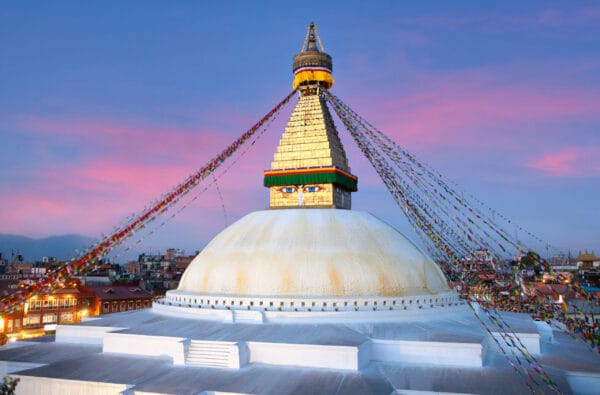
Whether it’s a saffron-robed monk walking the trail beside you, or the soft scent of incense drifting from a village altar, rafting in Nepal is as much a cultural journey as it is an adventure.
Ready to raft in Nepal?
If you’ve ever wanted a rafting experience that’s about more than just rapids — one that takes you deep into wilderness, culture, and real adventure, Nepal belongs on your list.
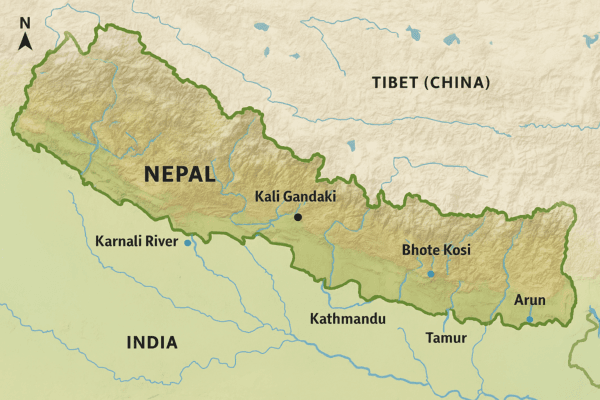
We’d love to show you why.

